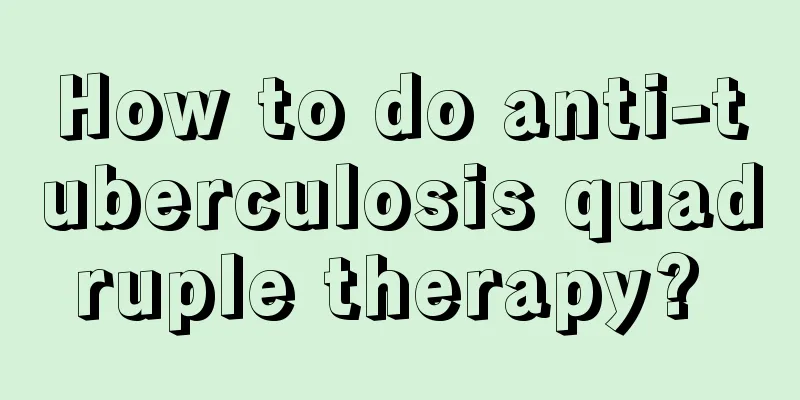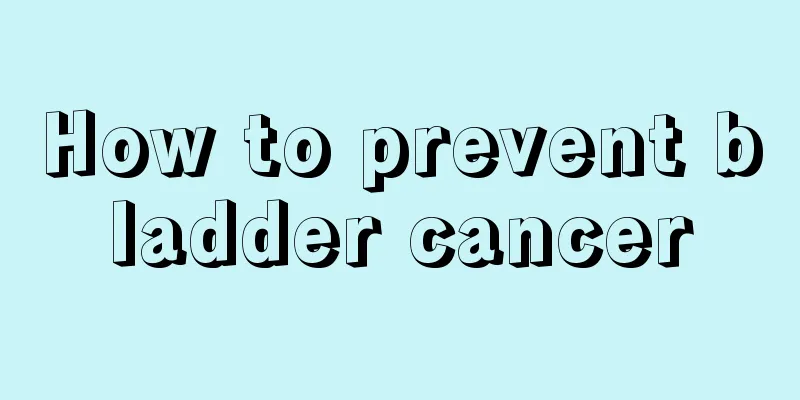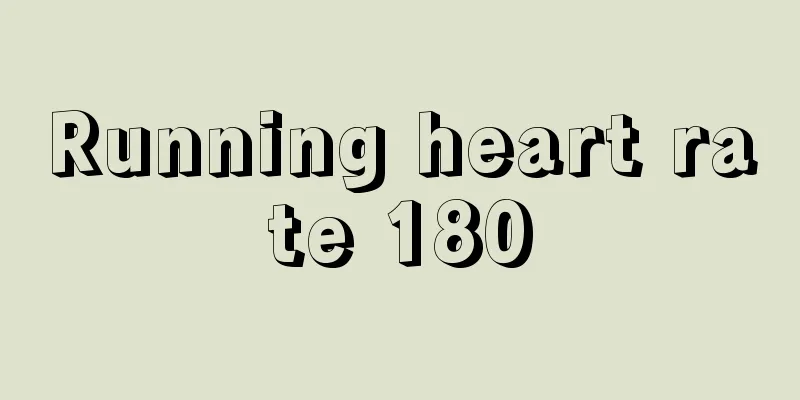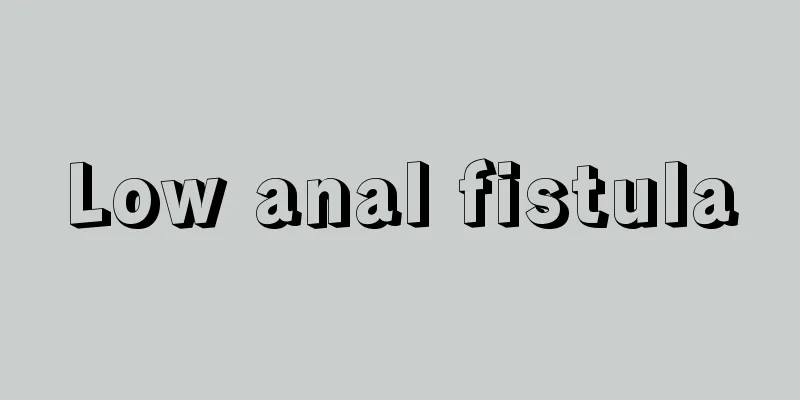How to do anti-tuberculosis quadruple therapy?

|
Tuberculosis is a very serious infectious disease in life, which has a very serious impact on the health of patients, because tuberculosis can weaken the patient's various functions, damage organ cells, etc. Currently, the anti-tuberculosis quadruple therapy is the most effective in treating tuberculosis and has relatively few side effects on the patient's body. Let's take a look at how the anti-tuberculosis quadruple therapy is performed. 1. Commonly used anti-tuberculosis drugs in modern times include rifampicin, isoniazid, ethambutol, pyrazinamide, and streptomycin. 2. Most patients have no reaction after taking the medicine. The stool, tears, urine or nasal discharge within four to six hours after taking the medicine will be orange-red, which is a normal phenomenon. However, if you have rash, fever, vomiting, tinnitus, blurred vision or any physical discomfort after treatment, you should consult a doctor immediately to determine whether the medicine needs to be adjusted. The following are possible reactions to commonly used anti-tuberculosis drugs: Rifampicin: hepatitis, bruising and subcutaneous bleeding, and cold-like symptoms. Isoniazid: Hepatitis, paralysis of hands or feet. Ethambutol: Decreased vision or discolored images. Pyrazinamide: hepatitis, arthralgia. Streptomycin: tinnitus, dizziness. 3. The treatment period is generally six to nine months, but it depends on the condition. For patients with chronic diseases such as diabetes, the treatment period may be extended. Tuberculosis medication is free, but liver protection drugs are not included. 4. Surgical treatment: Contraindications to surgical treatment include: active tuberculosis lesions in the bronchial mucosa that are not within the scope of resection; patients with poor general condition or obvious heart, lung, liver, and kidney dysfunction 5. Symptomatic treatment: Toxic symptoms of tuberculosis usually disappear within 1-2 weeks of effective anti-tuberculosis treatment and no special treatment is required. Sometimes the toxic symptoms are too severe or the pleural effusion cannot be absorbed quickly. In addition to the use of effective anti-tuberculosis drugs, glucocorticoids (commonly prednisone, 15-20 mg per day, orally in 3-4 times) can be added to reduce inflammation and allergic reactions, promote absorption of exudate, and reduce the formation of fibrous tissue and the occurrence of pleural adhesions. It must be used on the basis of effective anti-tuberculosis drug treatment. |
<<: How to stew chicken so it becomes soft
>>: What are the methods to deal with rotten meat
Recommend
Does jadeite nourish people?
Jade is a very precious ornament with extremely h...
6 tips to help you get rid of "work weariness"
It is not unforgivable that you temporarily becom...
Is yogurt better or pure milk better
Many people don’t know how to choose between yogu...
What should patients with esophageal cancer eat
Esophageal cancer is a malignant transformation o...
Is lung cancer contagious?
Lung cancer has a certain impact on our body and ...
What is the breast cancer red medicine
What is Mercurochrome for Breast Cancer? 1. Durin...
Is there a high chance of hepatitis C turning into liver cancer after being cured? Here are the best things to know about liver cancer
I believe everyone has a certain understanding of...
How to wash a down jacket with oil stains
We all know that down jackets are difficult to wa...
My feet feel a little itchy after soaking them in mugwort
There are many meridians and acupoints in the hum...
How to clean clams?
Clams are very common seafood. They are not only ...
Will cervical cancer cause back pain? Will cervical cancer cause bleeding during sexual intercourse in the early stages?
In the early stages of cervical cancer, patients ...
How long can you live after colon cancer surgery
Surgery has always been believed to be an effecti...
Reasons why men prefer to date mature women
Top 10 reasons why modern men prefer to date matu...
What Chinese medicine is effective for nasopharyngeal carcinoma
What Chinese medicine is effective for nasopharyn...
How to urinate after lumbar surgery
How to urinate after lumbar spine surgery The lum...









